Mostly Mute Monday: Curiosity’s first visit to the Martian Dunes

If you expected them to be like Earth’s dunes, prepare to be surprised!
“Actually I think Art lies in both directions — the broad strokes, big picture but on the other hand the minute examination of the apparently mundane. Seeing the whole world in a grain of sand, that kind of thing.” –Peter Hammill
In order to create sand dunes, a planet needs two things: sand grains of varying sizes and winds capable of carrying them.
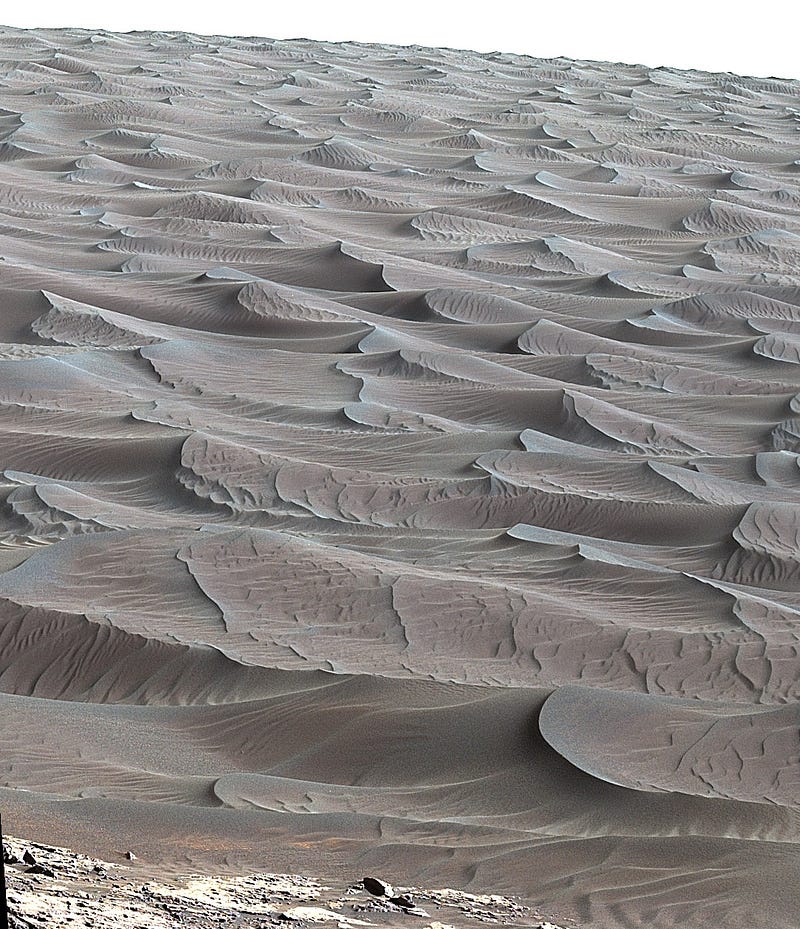
While dunes have been well-studied on Earth, we’ve never visited active ones on another planet until now.
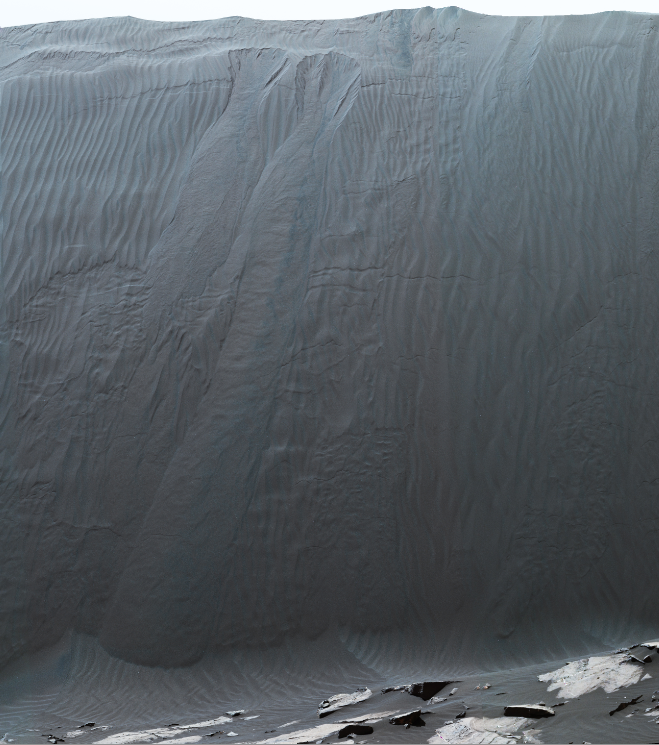
Mars has less than 1% of Earth’s atmosphere, yet the winds can move at speeds up to 60 mph (100 kph), a hostile environment for static structures.

On occasion, wind storms can encircle the entire planet, and dust devils can reshape the terrain.

The dunes Curiosity is visiting are found as it ascends Mount Sharp , between lower and higher altitudes.

These dunes are active, having shifted by multiple meters over the few years we’ve observed them.
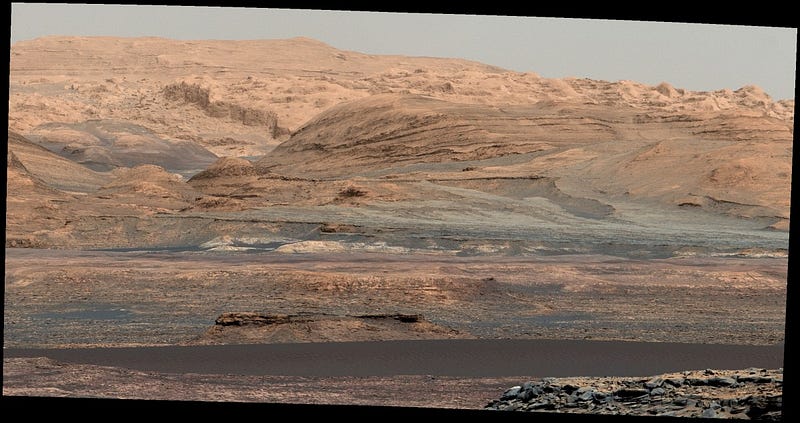
By roving through them and analyzing them in a hands-on fashion, Curiosity aims to discover a number of properties about them.
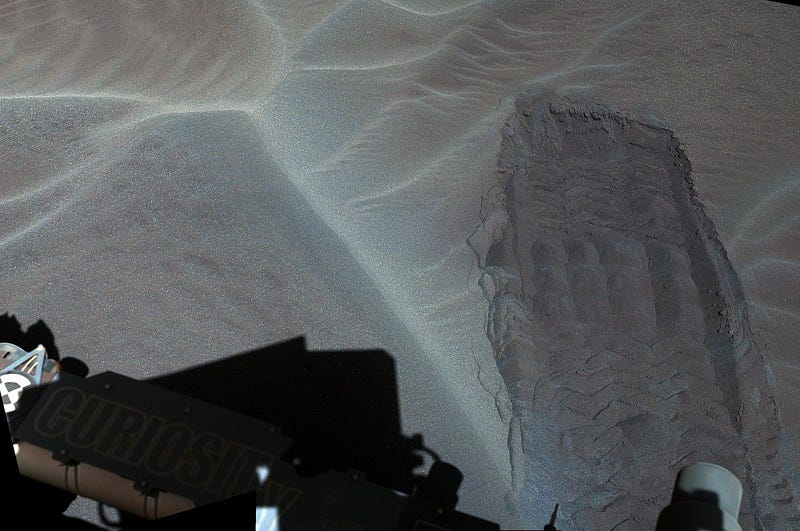
What types of minerals are the martian dunes made of? How finely-and-coarsely grained are the sands? And what chemical (or organic) compounds are inside?
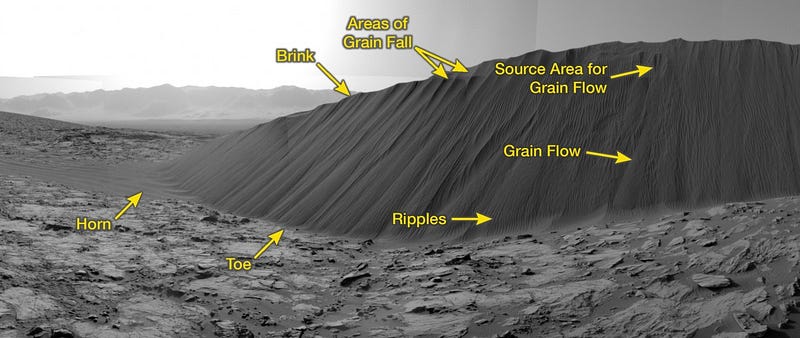
Finally, Curiosity will compare less active dunes with more active ones, and look for physical differences.

After this exploration mission, Curiosity is poised to continue its ascent up Mount Sharp.
Mostly Mute Monday tells the story of a single astronomical phenomenon or object primarily in visuals, with no more than 200 words of text.
This post first appeared at Forbes. Leave your comments on our forum, check out our first book: Beyond The Galaxy, and support our Patreon campaign!





